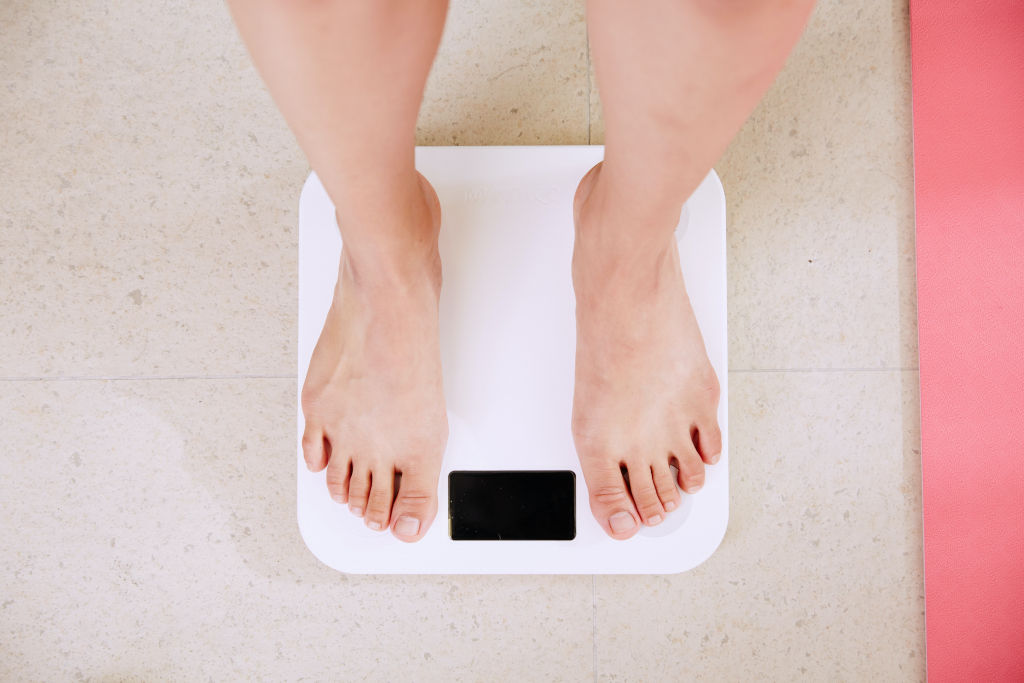So you want to try an elimination diet, or maybe you’re just wondering what it is. Well you’ve come to the right place! We’re going to fill you in on all the details of this eating style: what it is, how to do it (safely), and why you should give it a go.

What Is An Elimination Diet?
An elimination diet is basically a diet in which you eliminate certain foods in order to find out what foods you are allergic to. A lot of times we don’t even realize that we are allergic to certain foods until we eliminate them, and that’s the purpose behind the elimination diet. Especially if you are struggling with irregular bowel movements, inflammation, allergies, and you aren’t exactly sure why. As you eliminate these foods you will eventually reintroduce them, and depending on how your body reacts you can choose whether continue to keep them in your diet. You may also want to try the elimination diet if you experience:
-
asthma and allergies
-
autoimmune disorders
-
skin conditions
-
arthritis
-
atherosclerosis and other cardiovascular diseases
-
neurodegenerative diseases such as dementia
-
mood disorders
-
ADD/ADHD
-
narcolepsy
-
addiction
-
migraines
-
kidney problems
The elimination diet has shown that food allergies have been linked to all of these things. And by proceeding with an elimination diet you may reduce the symptoms of these issues.
“Food has the power to promote health or create diseases, and following an elimination diet can be a rewarding and eye-opening experience.”

How To Proceed With An Elimination Diet (Safely)
To start an elimination diet you must prepare for it as it will be a big change for your body. The more you plan, the more prepared and successful you will be. An elimination diet is divided into two phases: elimination and reintroduction.

Elimination phase:
Below is a checklist along with some tips for starting an elimination diet:
-
Prepare: People who spend the week prior to starting the program looking up recipes that are elimination-diet friendly have done far better than people that jump right in.
-
Have the foods that you will need ahead of time: Know how to cook them, and prepare them as much as possible in advance.
-
Clean out your kitchen: Get rid of the foods that aren’t part of your elimination diet to remove temptation.
Foods that are commonly removed during the elimination diet include:
-
Citrus fruits: Avoid citrus fruits, such as oranges and grapefruits.
-
Nightshade vegetables: Avoid tomatoes, peppers, eggplant, white potatoes, cayenne pepper and paprika.
-
Nuts and seeds: Eliminate all nuts and seeds.
-
Legumes: Eliminate all legumes, such as beans, lentils, peas and soy-based products.
-
Starchy foods: Avoid wheat, barley, corn, spelt, rye, oats and bread. Also avoid any other gluten-containing foods.
-
Meat and fish: Avoid processed meats, cold cuts, beef, chicken, pork, eggs and shellfish.
-
Dairy products: Eliminate all dairy, including milk, cheese, yogurt and ice cream.
-
Fats: Avoid butter, margarine, hydrogenated oils, mayonnaise and spreads.
-
Beverages: Avoid alcohol, coffee, black tea, soda and other sources of caffeine.
-
Spices and condiments: Avoid sauces, relish and mustard.
-
Sugar and sweets: Avoid sugar (white and brown), honey, maple syrup, corn syrup and high-fructose corn syrup, agave nectar, desserts and chocolate.
-
Non-organic beef, which may contain the biogenic amines histamine, tyramine, octopamine and phenylethylamine known to potentially cause reactions
-
Sweets containing refined sugar, artificial colors and flavors.
Tip:
Start off slow and over the course of a few weeks work on eliminating all these foods. The amount of time you should completely eliminate these foods depends on your body. If you aren’t exactly sure how long then be sure to talk to your doctor. The average amount of time range for adults is 3-4 weeks and about 7-10 days for children. The point is to have enough time to cleanse the trigger foods from your system.
Reintroduction phase:
Start by slowly bringing each food group back into your diet individually over the course of 2-4 days, while looking for symptoms. Some symptoms to look for include:
-
Rashes and skin changes
-
Joint pain
-
Headaches or migraines
-
Fatigue
-
Difficulty sleeping
-
Changes in breathing
-
Bloating
-
Stomach pain or cramps
-
Changes in bowel habits
If you experience no changes whilst introducing these foods back into your diet then you can assume it’s fine to eat and move on to another food group. However, if you do experience any changes then you have found a trigger food and should eliminate it from your diet permanently. This entire process of eliminating foods may take up to 6 weeks. Take your time and be sure to talk to a dietician if you find yourself eliminating too many foods as this can cause malnutrition.

In Conclusion:
If you think you might be suffering from food intolerances or want to strengthen your gut health, you might want to try an elimination diet! Food has the power to promote health or create diseases, and following an elimination diet can be a rewarding and eye-opening experience. So give it a try if you think your gut health needs a check-up!

Do you plan on starting an elimination diet? Let us know in the comments below!
For More On Health And Wellness, You Should Read:
What Is Intuitive Eating And Is It The Ultimate Anti-Diet?
Get Your Gut Health In Tip-Top Shape With These 5 Super Easy Food Routines


